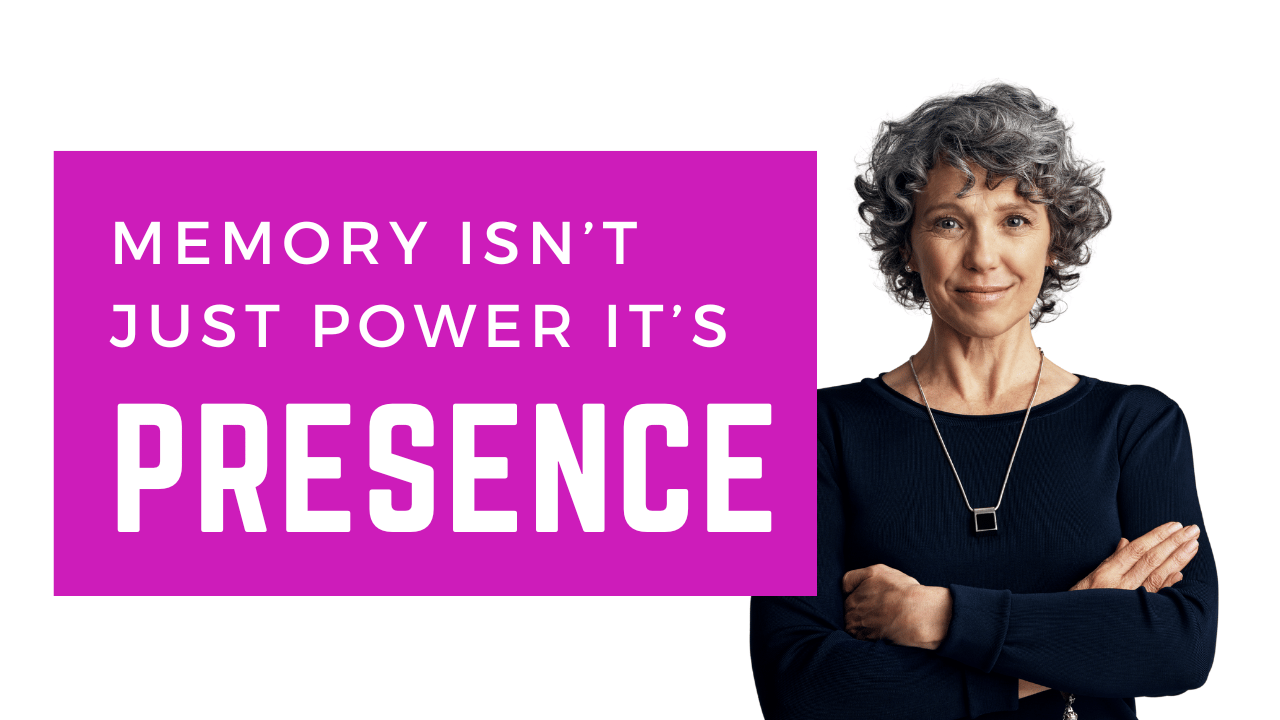- Superhuman Productivity
- Posts
- Memory, meditation, and the missing piece in productivity.
Memory, meditation, and the missing piece in productivity.
PLUS: AI Journal Prompt for Emotional Wellbeing.

Memory isn’t just power. It’s presence.
Want to sharpen your focus, remember faster, and make your work actually stick?
Then you need to master three things:
The type of focus that creates sticky memories
The reset that strengthens your attention muscle
The pause that makes you smarter
Why focus = memory
If you can’t focus, you can’t remember.
But it’s not just about attention span.
It’s about attention depth.
When you lock your focus, you do two things:
Encode memories more effectively
Make it easier to retrieve those memories later
Shallow focus = weak encoding.
Deep focus = sticky memory.
Think of memory like photography.
Focus is your lens.
If the lens is shaky or zoomed out, you’ll miss the detail.
But if it’s still and deliberate, you capture everything.
The science behind meditation (it’s not what you think)
Most people think meditation is about staying focused.
It’s not.
It’s about coming back to focus.
That small act, catching your attention drifting, and gently resetting your focus (bringing it back) does something powerful:
Strengthens your prefrontal cortex (your executive brain)
Builds meta-awareness (the ability to notice in real time)
Trains you to switch from autopilot to intention
So next time your mind wanders?
Don’t get frustrated.
Celebrate the reset. That’s the rep.
Diffuse thinking = breakthrough thinking
Your brain has two major problem-solving modes:
Focus mode – Intention, questioning, task-driven
Diffuse mode – Relaxed, subconscious, daydreaming
You need both.
Focus mode helps you analyse and learn.
Diffuse mode helps you solve and connect.
The best insights come when you stop staring at the problem.
Shower. Walk. Nap.
Suddenly, boom. The idea lands.
That’s not laziness.
That’s how we’re wired.
Letting go isn’t weakness.
It’s how you make space for genius.
Prime prompt: The daily reflection that builds resilience
Want to improve your mood, memory, and motivation in one shot?
Start journaling with this.
Positive Affective Journaling (PAJ) has been shown to:
Lower stress and anxiety
Increase optimism
Improve goal clarity and cognitive control
PAJ uses primer questions that focus your mind on what matters.
🧠 Positive affective journaling prompt
Feel free to update this prompt and add a variety of different questions that prime your brain on emotional states you want to experience more often. Gratefulness, connection, variety, confidence etc.
Copy and paste it into the LLM of your choice and spend 5 minutes 3-5 times a week priming your brain with the good stuff!
Act as my daily journaling coach.
Ask me 3 priming questions, one at a time.
Each question should be based on Positive Affective Journaling research—designed to boost mood, focus attention, and improve self-awareness.
Example questions: make sure these are different each time and based on Positive Affective Journaling. Do not repeat the same question more than once:
1. A question that evokes a meaningful or positive moment in the last 24 hours
2. A question that helps me identify a value-driven goal I’m excited about
3. A question that helps me reframe or learn from something difficult
Wait for my response after each question before continuing.
At the end, reflect back a short insight or theme from my answers to carry into the day.
Make this part of my daily ritual.
Let’s begin.
The missing piece that changes everything
Meditation isn’t the goal.
Focus isn’t the goal.
Memory isn’t even the goal.
The goal is clarity.
The ability to think clearly.
Act intentionally.
Live purposefully.
And when you train your brain to reset, reflect, and retrieve?
That’s when everything changes.
Reply